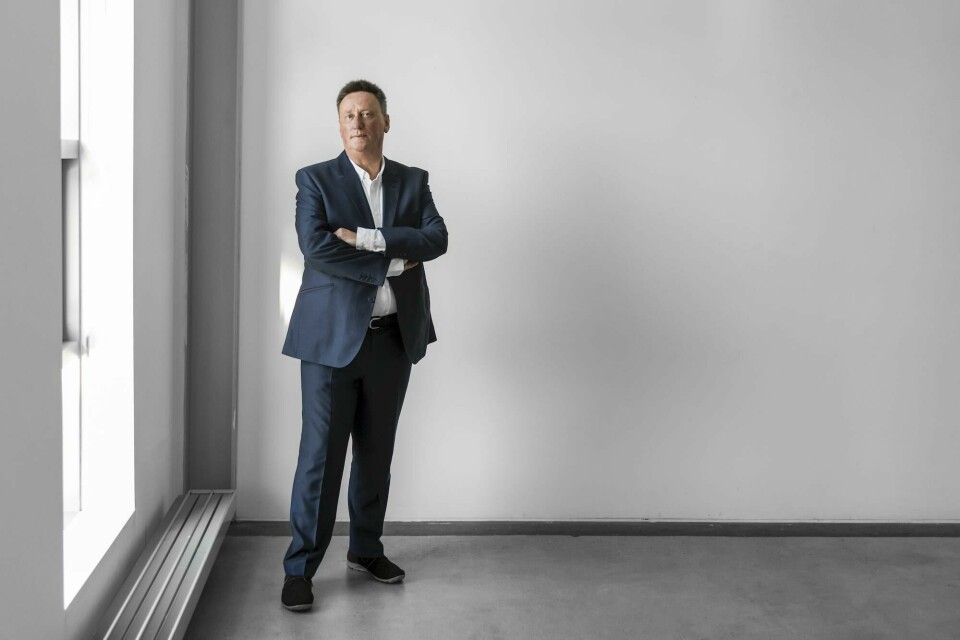
Interview: Professor Dale Harrow, Royal College of Art
Car Design News spoke to Professor Dale Harrow, chair of the Intelligent Mobility Design Centre (IMDC) and head of the Intelligent Mobility design programme at the Royal College of Art’s new building, his hopes for the future and whether the era of the car is over
The Royal College of Art’s automotive design programme has produced an enviable crop of design talent over the years, many of whom have wielded significant influence over the shape of the design industry. Under its new heading of Intelligent Mobility, future students will learn their craft in a cutting-edge new building in Battersea designed by architects Herzog de Meuron. Car Design News took a tour of the new building with Professor Dale Harrow, chair of the Intelligent Mobility Design Centre (IMDC) and head of the Intelligent Mobility design programme, to discuss the new building and how it will support an ever-evolving programme, his hopes for the future and whether the era of the car is over.
Car Design News: How has the course evolved over the years – what was it like when you first started?
Dale Harrow: The world has moved on and so has the course (or programme as it is now called) has also changed and evolved. When I joined the RCA the focus was much more on skills building to produce designers ready to go into the car industry. This is still fundamental, but we are also working with our students to define and create new industries for our graduates, not only in the traditional automotive studios but also in new industry and commerce such as start-ups.
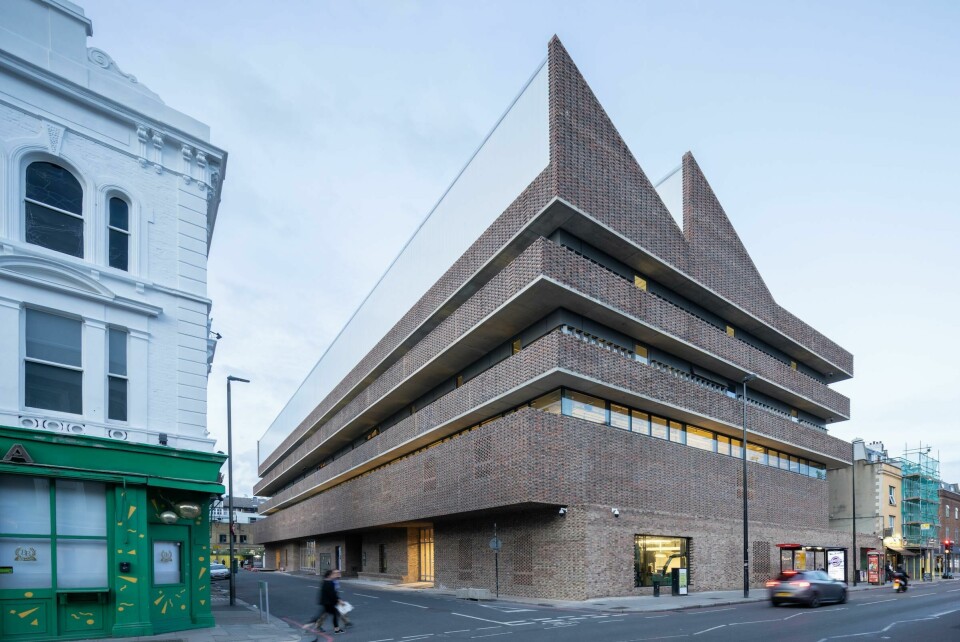
CDN: What are the key differences between then and now?
DH: We want our students to be designers and design leaders so we are giving them the immediate skills to work but also the ability to create and lead. Our graduates are in positions of leadership not only as design directors, but as business leaders as creative offices and CEO level. Design thinking and creative leadership is now very important to business and innovation. And I like to think that is as a result of our design teaching, which is beyond styling and focused on design innovation.
We need beautiful and unique vehicles and interactions and designers are the ones to create a future that gives us meaningful and joyful journey experiences
CDN: And how is that reflected in the cross-section of students who are applying?
DH: I wanted to move the programme into a new space that I could see was emerging so it was revalidated as Intelligent Mobility in 2017 with a plan to also develop a design research centre alongside and connected to the academic programme. This change has brought a new generation of designers into the RCA who might not have applied to a conventional car or automotive programme. So we have a broader range of students applying with different backgrounds such as product design, furniture, innovation and science-based disciplines interested in contributing solving to the existing and future issues around mobility. Take the interior of vehicles and the issues around autonomous cars, it needs a different approach to the usual way of designing the experience with UX and AI in the mix.
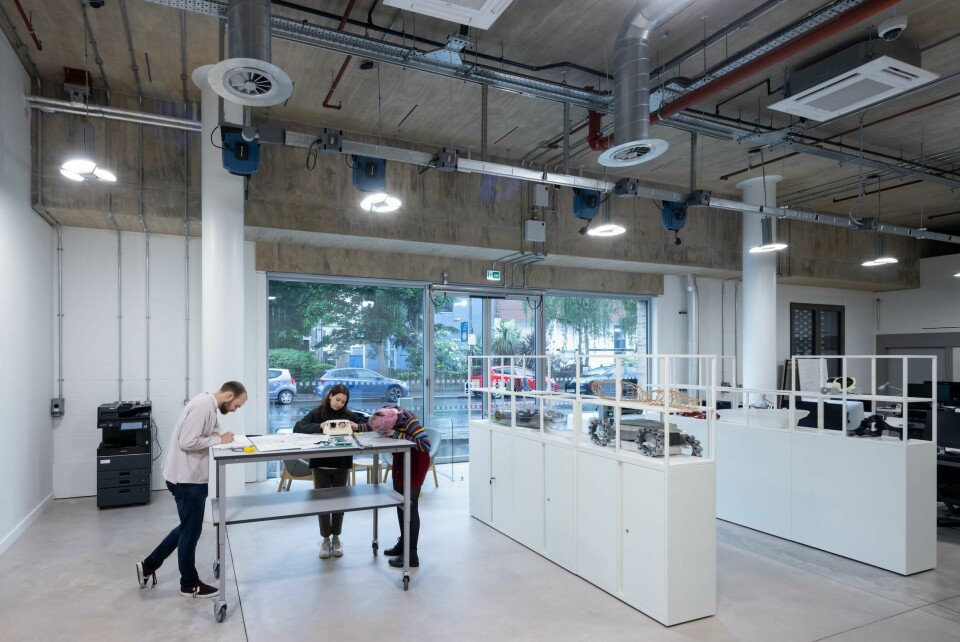
CDN: Is there still a place for the ‘car guys and girls’?
DH: I think most designers are attracted to the discipline through the love of cars and the emotional aspect and attraction of vehicle design and this is a significant part of this new mobile world of products and services. We need beautiful and unique vehicles and designers are the ones to create a future that gives us meaningful and joyful journey experiences. So we are creating new car guys and girls.
CDN: There has been some incredible talent pass through the RCA. How do you feel when you look at the roster of names that have RCA graduate on their CV?
DH: I have devoted my career to the RCA and the Programme and so it’s very satisfying to see so many former graduates in senior positions as I have had the privilege to work with them over the years. The RCA is a fraternity with many friendships and relationships and I’m pleased many of them keep in contact and visit.
The building will be a landmark centre for the study of design of mobility for generations to come
CDN: How important will aesthetics be in a world that seems to be moving into more shared experiences and ownership?
DH: I don’t believe that we will all drive or be driven in the same white box. People are not wired like that and want to be individual, so aesthetics and experience will become even more important in the future. The experience will not only be on the appearance but will encompass the full experience of the product. This will be beyond the product into wider human and customer experience. So, for example, shared cars may become the new luxury offerng ready to seamlessly become, and enhance, your everyday life.
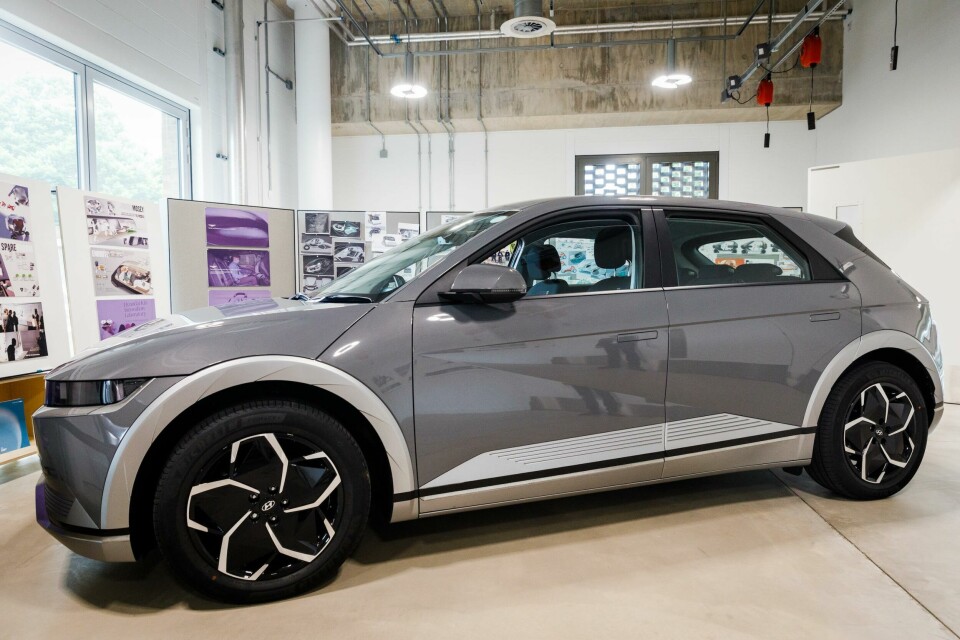
CDN: How will the new campus support new ways of learning?
DH: The RCA’s new campus in Battersea has a number of research centres within it in such subjects as robotics and materials research to develop new knowledge in these areas. These support the academic programmes.
The IMDC ( Intelligent Mobility Design Centre) has the IMMA within its structure. So on one level the students have access to staff across centre and programme so we can offer a greater diversity of expertise in subjects like HMI, product innovation, architecture, furniture design and of course car and vehicle design. We also work with many industrial partners on research and design projects.
So, on a a wider college axis we have materials specialists, robotics expertise and the range of discipline expertise across the whole RCA such as fashion or innovation. In addition, we have the ability to build and evaluate prototype designs either physically or virtually or somewhere in between. So for the first time we can develop and evaluate design at full scale with partners and people. The building gives us the ability to have a milestone event and create a landmark centre for the study of design of mobility for generations to come.
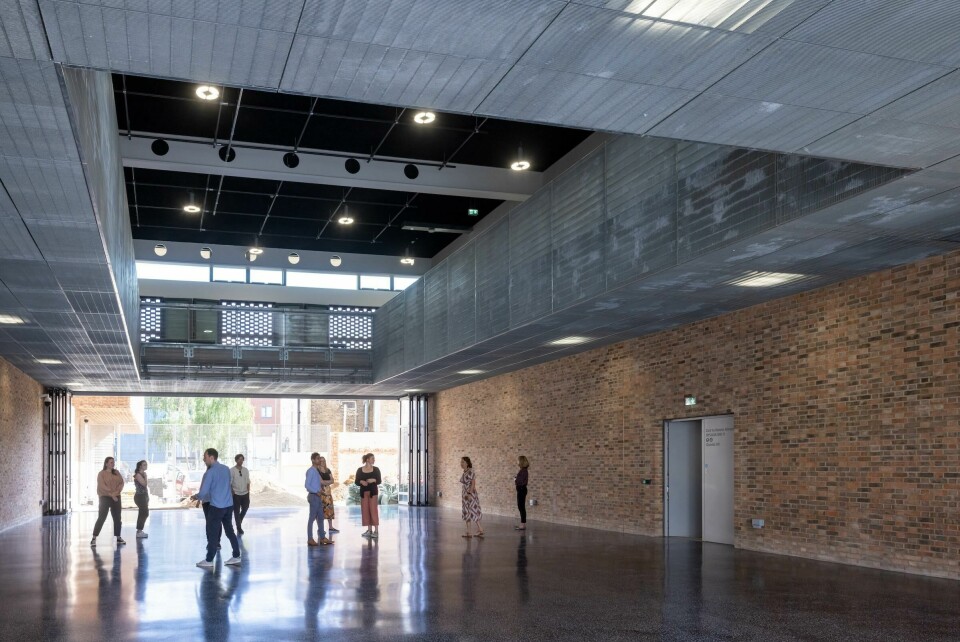
CDN: How do you see the course evolving in the next few years?
DH: New areas are already emerging. For example, we are engaged with planning a new city from the people and transport out to the systems, buildings and infrastructure. It is a complete change from designing the city and then trying to fit transport, people and systems into the equation. We are also working on the exploring what AI could mean and do, and also what the experience of sustainability could mean.
The car as we know it might be over, but something that gives us desirable and practical solutions will replace it
CDN: How much is the role of academia to prepare students for the world of work?
DH: In a practice-based subject such as design students have to work to put their ideas into practice. But we also need to keep future focused as the world of work changes. I’m fortunate to work with great students who have an optimistic view of the future and have aspirations which may be beyond working in a studio. Across the RCA the students are more entrepreneurial and see opportunities to start and lead companies. It’s no surprise that recent graduates are in senior positions in companies developing autonomous drone taxis for example.
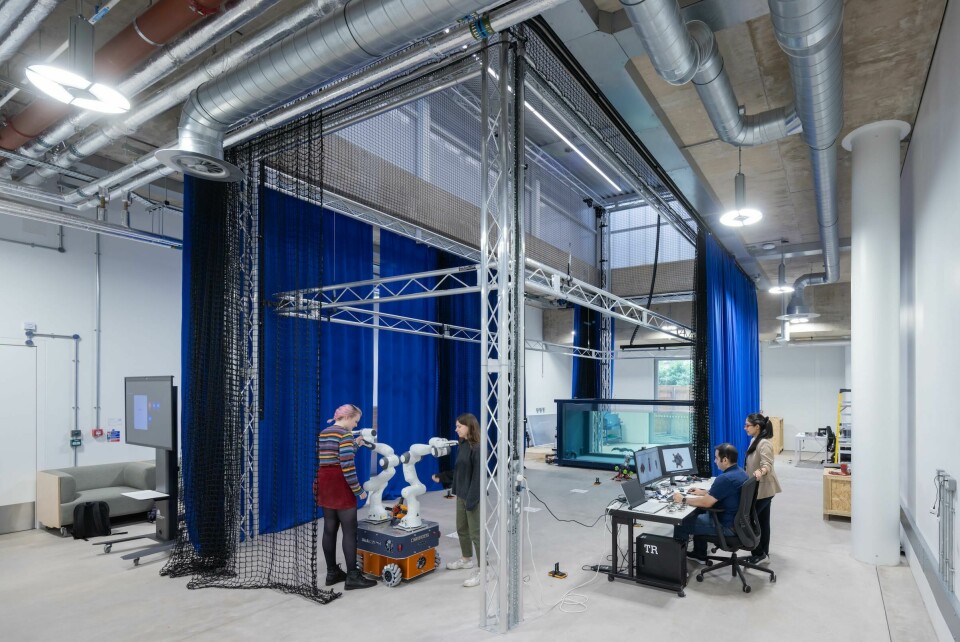
CDN: Are there any design trends in the industry at the moment that you see disappearing in the near future?
DH: The automotive industry has had a great period of stability and product development, but maybe with new technology and business growth in China and the east I think the idea of providing just a car is changing. Cars now need to be developed with not only engineering and hardware but with software and integrated systems. So this is a challenge especially for luxury brands that have traditionally based their values on materials and craftsmanship. Customers are also changing and issues such as sustainability, health and wellness are coming to be critical.
CDN: Is the era of the car over?
DH: As a designer, I’m optimistic. Never has the car faced so much headwind and challenges both commercially, socially and with questions over its fundamental purpose. But I feel this is when design can inspire new opportunities and solutions. So the car as we know it might be over, but something that gives us desirable and practical solutions will replace it.
CDN: And what are your hopes for the future?
DH: I’m a lucky man. I am privileged to work in and be part of a fantastic institution with many fantastic members of staff and students who continue to inspire me to not be complacent and to move forward with new ways of seeing and doing. I feel very positive of the future and for the future of mobility.



